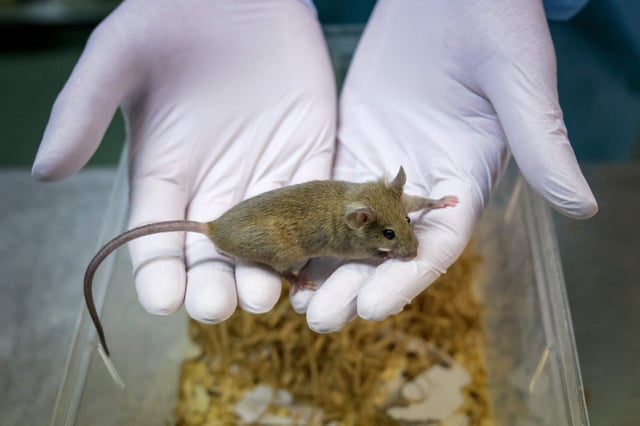Overview
- A collaborative effort between TU Graz and VIT has developed a 3D-printed skin imitation using hydrogels and living cells to replicate the three-layer structure of human skin.
- The bioengineered skin has successfully passed initial tests, demonstrating non-cytotoxicity and mechanical stability, critical for cosmetic testing.
- Researchers are working to extend the skin model's viability to two to three weeks, a key milestone for its practical application in testing nanoparticles in cosmetics.
- The project aligns with EU Directive 2010/63/EU, which restricts animal testing for cosmetics, offering an ethical and effective alternative.
- Beyond cosmetics, the technology holds potential for broader applications, including drug testing and wound healing, as 3D printing and bioengineering continue to intersect.

